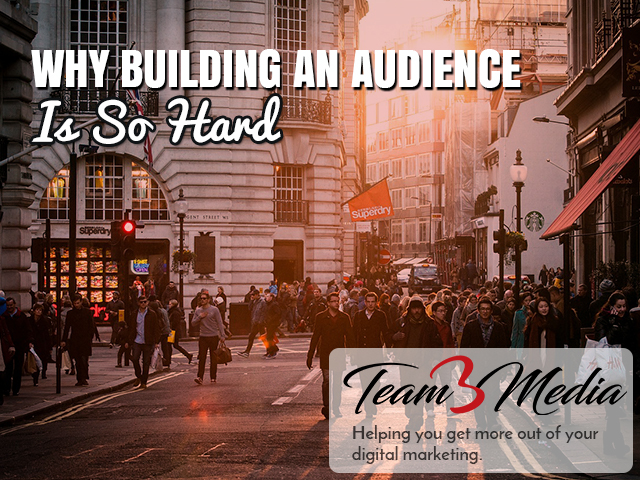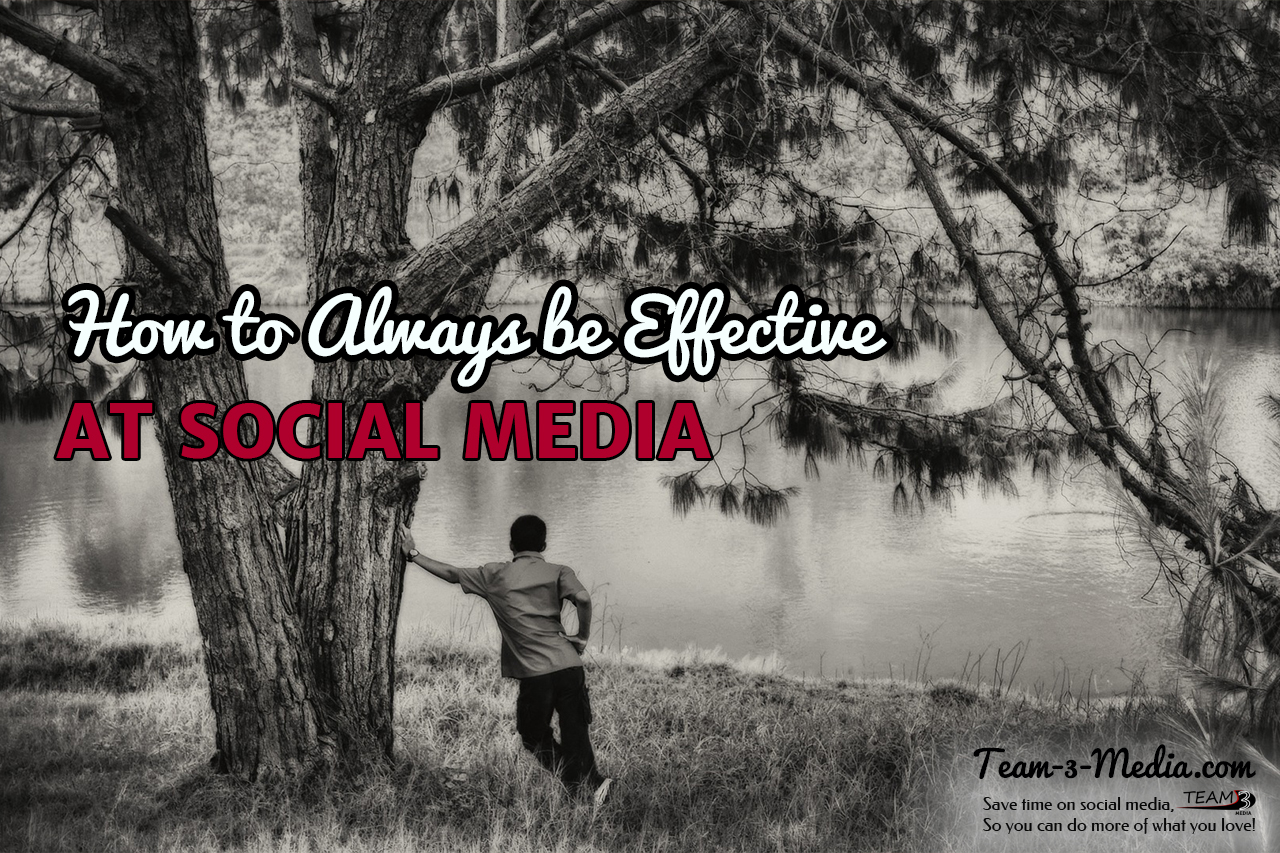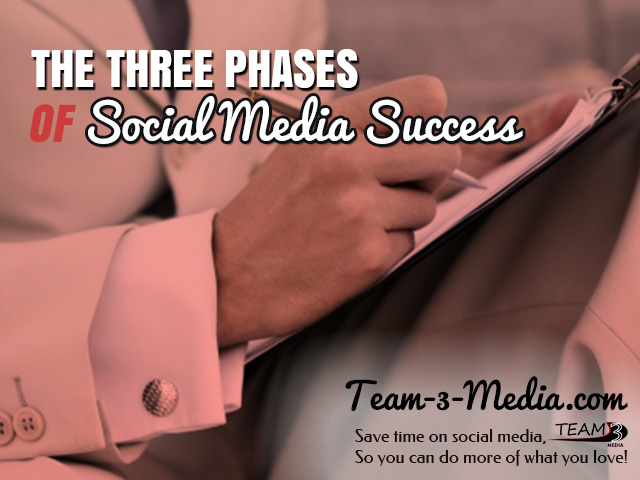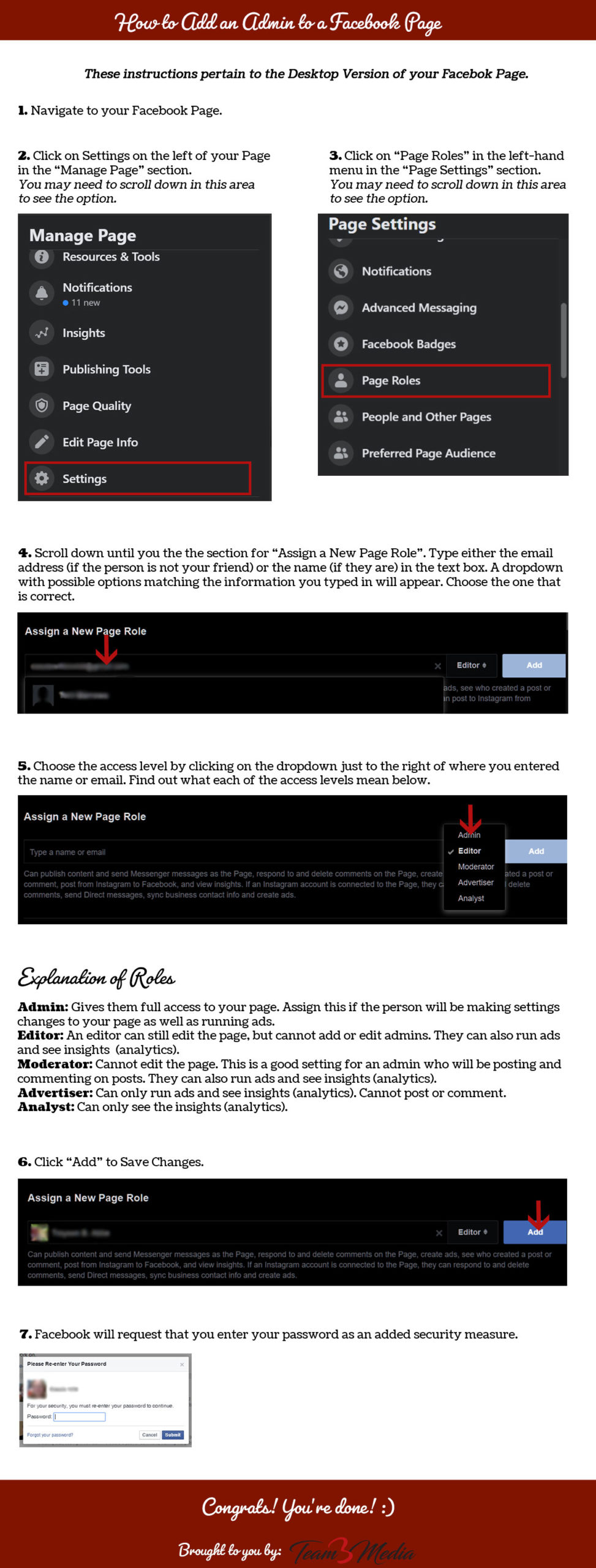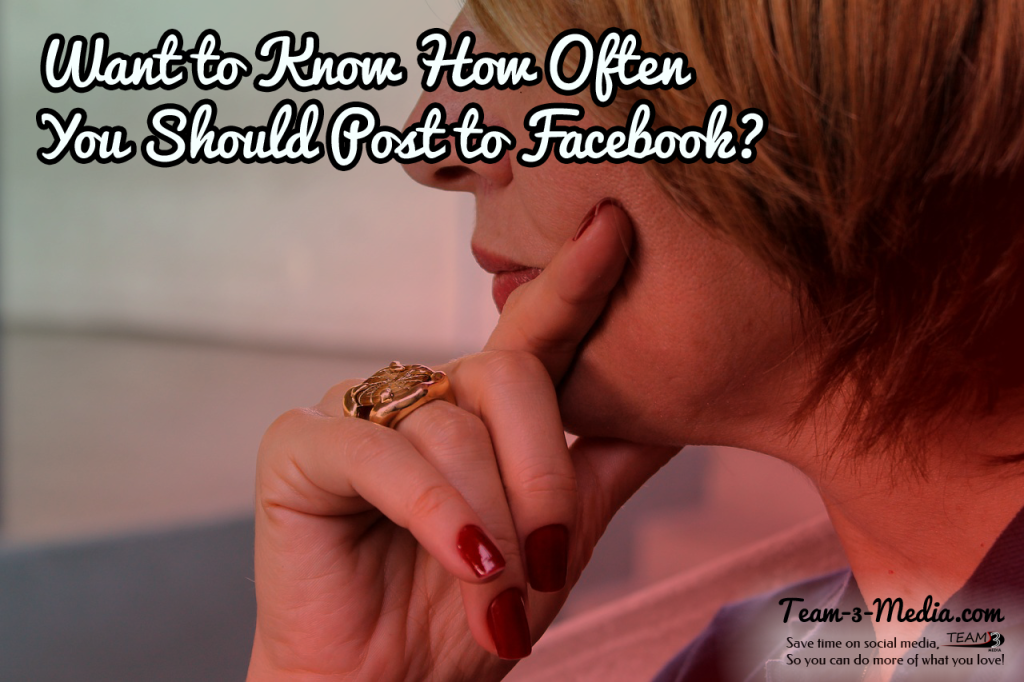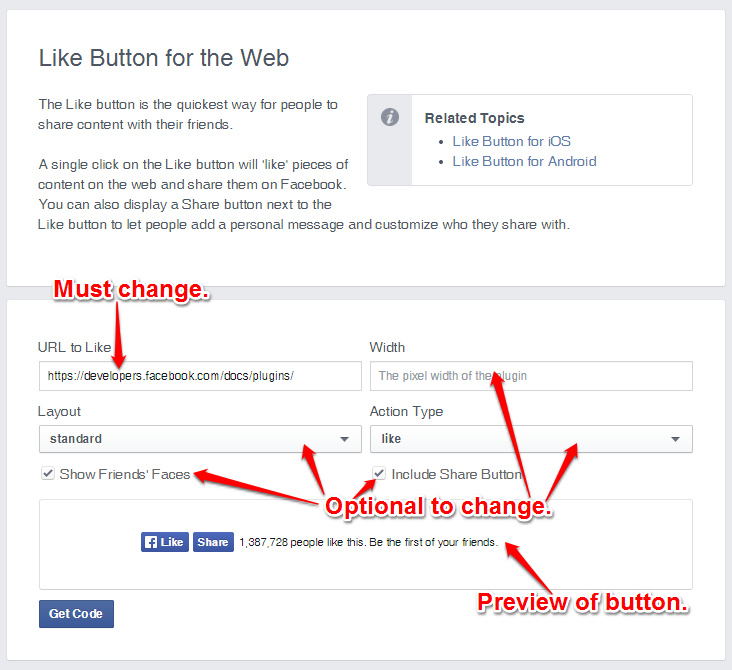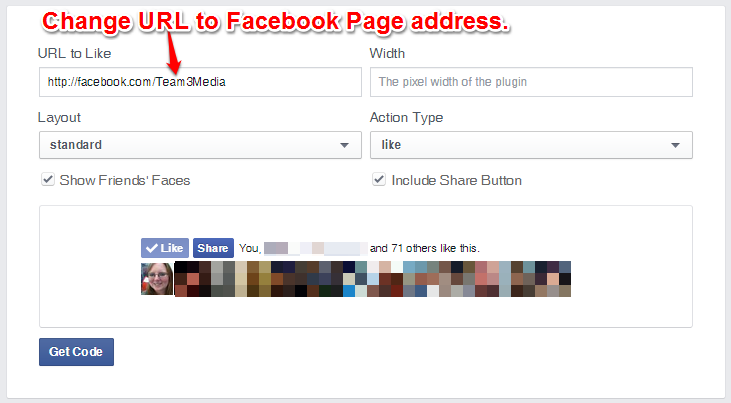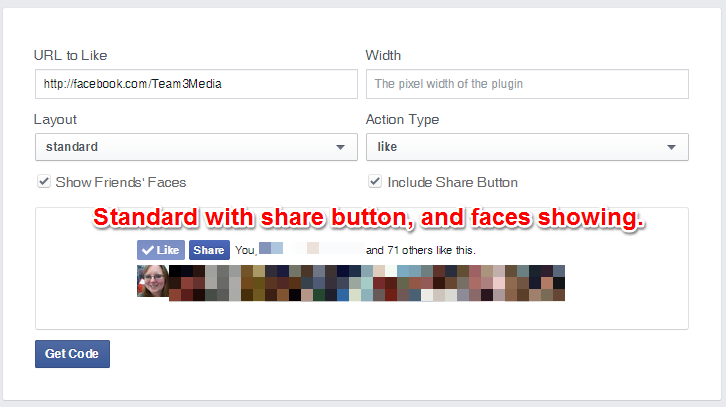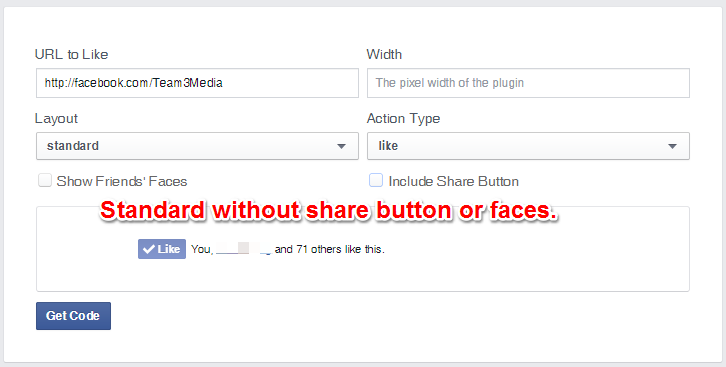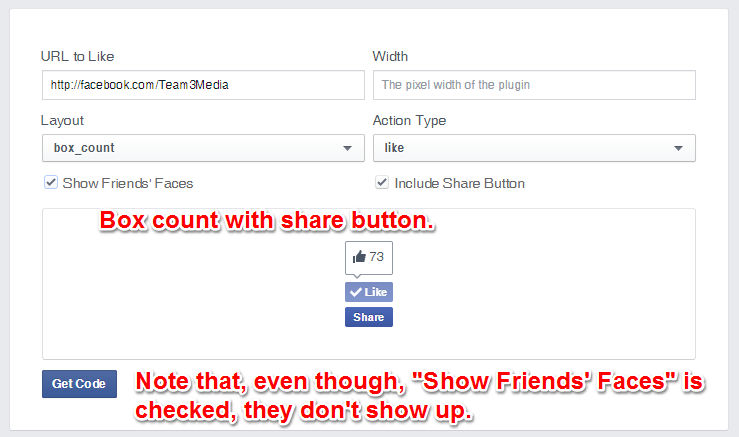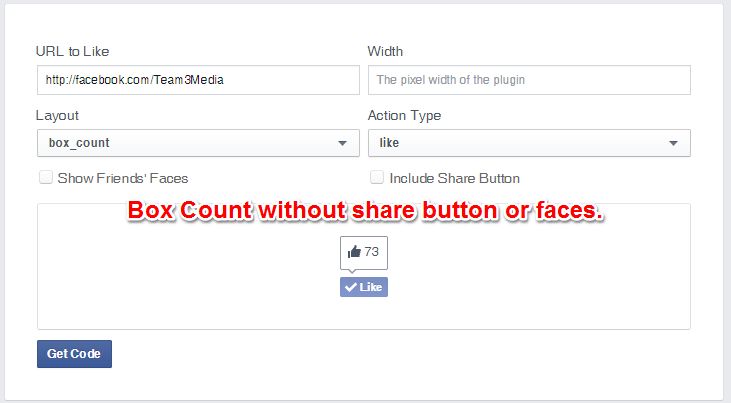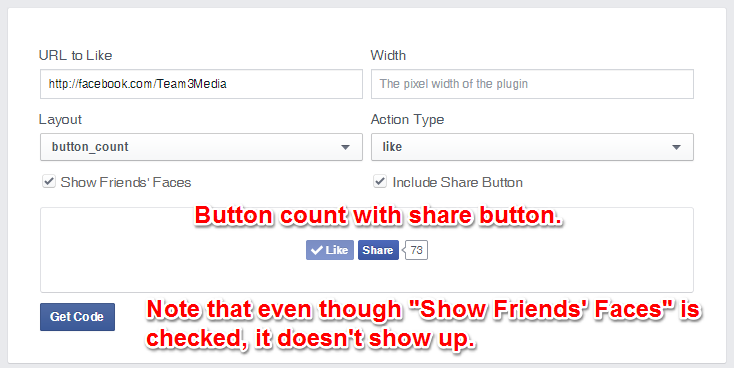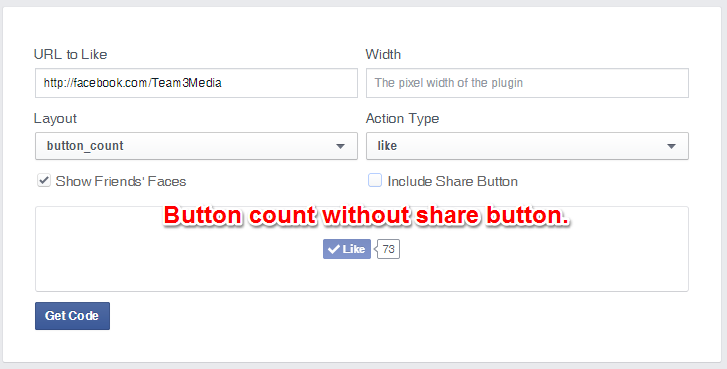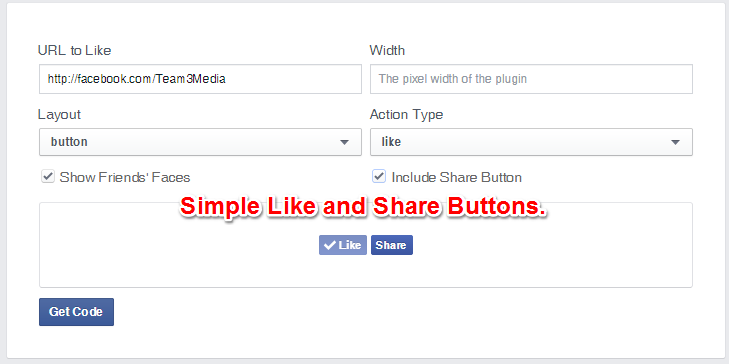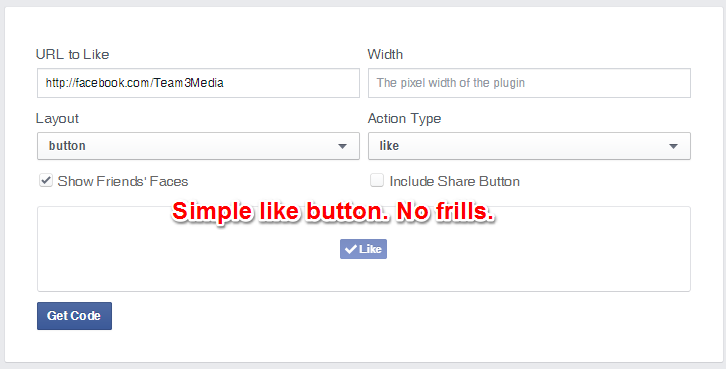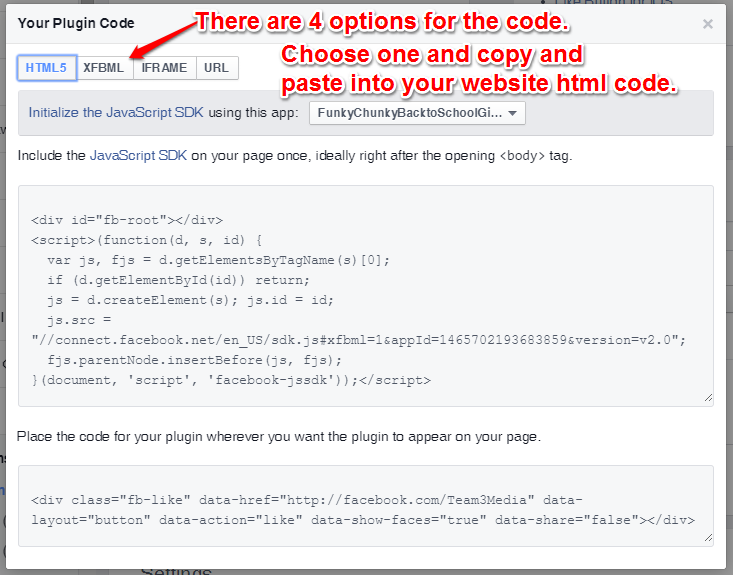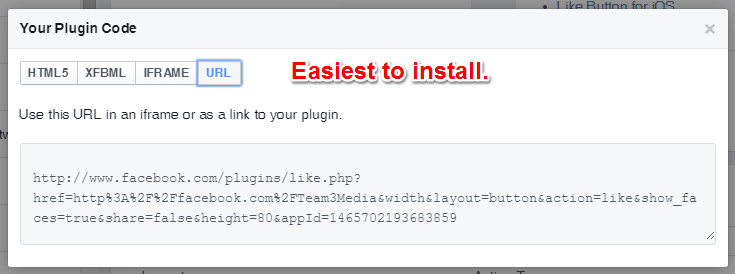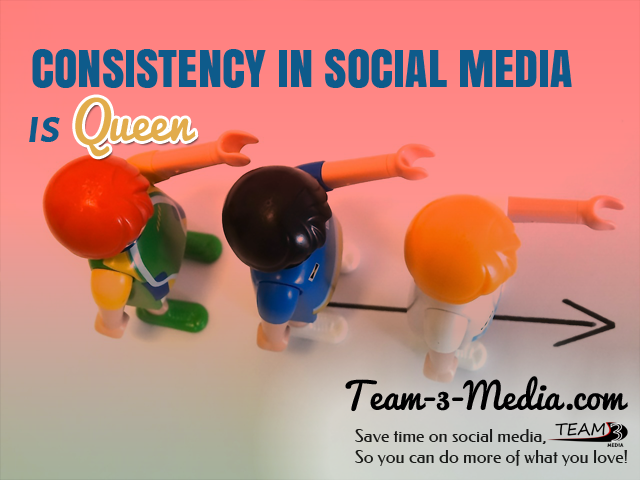Building an Audience
You’re slaving away at your craft and someone comes along and says, “Hey, you should build an audience. That’s the best way to sell online these days.” So you check out how to build an audience and you find many, many posts on how to create content, blog, share on social media, start an email list, etc. Maybe you even try out a few or a lot of the different tactics and strategies you’ve read about. Eventually you realize this “building an audience” thing is a lot harder than that first conversation led you to believe.
Why is Building an Audience Hard?
We (me included) tend to think of our audience as a subset of who our actual audience is: the people who engage with us already or who have already signed up to receive updates via email, social media, etc. However, an audience is actually much bigger than that. It’s also the people who have seen your ad once, but haven’t clicked on it, or that person who liked your Facebook Page, but who always scrolls past your updates. They are also the people who buy from you, or those that have joined your mission in some way.
So, building an audience is tricky, because we’re talking about communicating with people who may or may not want to hear from you at any given moment.
We’ve become an increasingly busy and distracted society. So, even those people who have said they want to hear from you may not be available to receive your message when you send it.
Another reason building an audience is hard, is because it takes a lot of little steps before people actually start engaging with and (hopefully) start buying from you. Unfortunately you can’t just say “I’m going to build an audience” and bam! There they are. Though, that would nice, right?
These little steps may include someone in your audience:
- Noticing you
- Coming back for a second glance, or third glance, or… well you get the picture
- Becoming interested enough to listen to you
- Starting to engage with you
- Continue to engage with you
- Eventually buy from you or become involved in your mission
The real key here is that all these steps can take a long time. Even just getting from the first time someone notices you to the point where they are interested may take a while. Sometimes these steps happen all at once. I have been known to make impulse buy decisions from people I just found on the internet because I liked what they were saying and I thought they could help me. Sometimes I’m right and sometimes I’m wrong. I know other people have gone through similar experiences.
Is there a Quick Fix?
I’d like there to be. It would be nice if we could hit the easy button and poof our audience into existence. More likely than not, though, there is going to be a lot of hard work and trial and error involved in building your audience.
Is There Anything You Can Do?
Absolutely, there is something you can do! After all, the key to running a profitable business online is finding your audience. You just need to have areas to focus on while you’re trying to figure this out.
Step 1: Build Awareness/Traffic/Interest
The first step is to start putting your content or yourself out there so that people can see you. That’s done a lot of different ways. For instance, you can:
- Promote and host a webinar
- Post to your social media accounts
- Run a contest
- Advertise
- Post to your blog (consistently)
- Optimize your site for search engines
- Write a book
- Write a free downloable ebook
- Host a podcast
- Appear on a podcast
- Promote your existing content
There’s actually a lot more that you can do gain awareness, build traffic, etc. I don’t want you to be overwhelmed by this list. Just remember that the main way to build awareness of your products or services is to put content out there and promote it. Pick one or two things from this list to focus on and keep doing them until you start to see results.
Step 2: Build Engagement
The next step is to take that awareness of traffic and turn it into engagement. How do you do that? Simply invite your audience to talk with you.
Inviting your audience to talk with you
While your posting to your social media accounts, why not ask a question once a week or host a Facebook live video where you talk about a topic you know about? Or on your blog, add a way that people can comment. If you’re concerned about spam comments (and who isn’t) you can always use a service like Disqus which helps protect against bad comments and also has an audience building feature.
The idea here is to not assume that people are going to talk to you. Sure, some might, but the majority of your audience is likely to read what you have to say and then go on to something else. So, ask them for their feedback, or to give their own two cents. Then, don’t forget to follow up. Rinse and repeat as necessary.
Step 3: Sales
The whole point of building an audience online is to get them to do business with you or join your cause. To make that jump though, your audience has to trust and like you. The great thing about doing the steps in order, though, is that trust and like between you and your audience will be naturally built.
Think of it like a conversation at a cocktail party. You start off by introducing yourself and then telling someone what you do and who you are. If they’re interested, they might ask you more. Then you have a chance to explain more. This can go back and forth for a while. Eventually, though, you’re going to have to ask for the sale. However, that doesn’t asking for the sale in a “salesy” way. It can be as simple as saying that you are available to answer questions about a problem someone is having or even answering those on the spot.
You don’t have to give your whole business process away, just try to be as helpful as possible and make sure they understand that you sell services and products that can help them further.
What this looks like online is adding links to blog posts that point to a sales pages or a page where they can download something for free that puts them into your email list. It’s also using Facebook ads or other online advertising that gets people to your sales page or contact form to take the next step.
The same things you can do to build awareness and traffic can also aid you in building sales. Just remember to shift your language so that your audience understands you want them to purchase something. Try to avoid sounding “salesy”, though. Show you can help first, then point them in the direction of how you can help them more. Those who want to do business with you, will naturally take the next step.
Bringing it All Together
The process of building an audience naturally happens in steps, but that doesn’t mean that you should work on step one exclusively. In fact, you’ll get more out of the process if you mix something from step two or even step three into your step one tasks. Just be aware that it may take a while before your audience moves from step one to step two or three. Bringing it all together just means making it easier for them to take the next step.
Your Thoughts?
Now it’s your turn. Have you had success in building an audience? How did you do it? What worked for you? What didn’t? Are you struggling in this area? Let me know. We’re all in this together and we all learn from each other.
